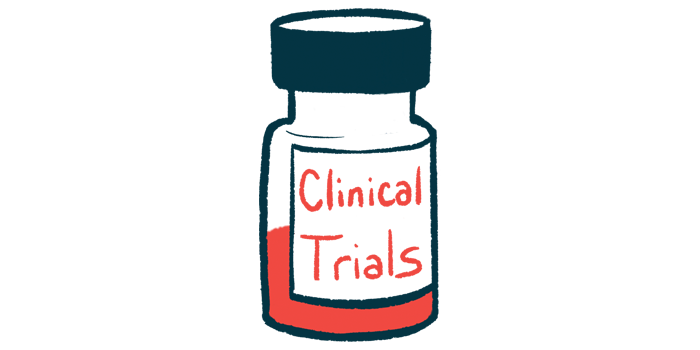Potential DMD treatment KER-065 shows safety in Phase 1 study
Developer Keros Therapeutics aims to start Phase 2 trial in early 2026

KER-065, a potential treatment for Duchenne muscular dystrophy (DMD) and other neuromuscular diseases, showed a good safety profile in a Phase 1 clinical trial.
No serious side effects were seen in the trial, which tested single and multiple doses of KER-065 in healthy volunteers, and no major safety issues were noted. Data also indicate that KER-065 is working as designed, according to developer Keros Therapeutics.
With these results in hand, the company is planning later this year to meet with regulatory authorities in hopes of starting a Phase 2 trial to test KER-065 in people with DMD in early 2026.
“We are pleased to report topline results that met the key objectives of the Phase 1 clinical trial and provided important insights to inform the development of KER-065 for patients with DMD,” Jasbir Seehra, PhD, chair and CEO of Keros, said in a company press release. “We look forward to engaging with regulators towards the aim of moving KER-065 to a Phase 2 clinical trial in the first quarter of 2026.”
DMD is a genetic disorder that’s marked by symptoms including muscle weakness and wasting. Although therapies to help slow DMD progression and manage its symptoms are available, there is no cure for DMD, and chronic muscle weakness causes functional limitations for patients.
DMD treatment aims to improve muscle mass, strength
KER-065 is designed to block the activity of myostatin and activin A, two proteins that help to regulate muscle growth. In animal models, blocking these proteins has been shown to increase muscle mass. Keros is developing KER-065 to help improve muscle mass and promote muscle strength in DMD and other diseases.
“Considering the limitations of currently available therapies, the need for additional treatments in DMD remains high, and KER-065 has the potential to address multiple aspects of the disease, including across important tissues and underlying genetic deficiencies,” Seehra said.
In addition to assessing KER-065’s safety, the Phase 1 study in healthy volunteers assessed the therapy’s pharmacological profile and its impact on biomarkers.
Data indicated that KER-065 led to increases in levels of markers of muscle mass as well as bone formation and fat mobilization, while markers of bone resorption and fat mass were decreased. In diseases like DMD, muscle weakness causes bones to become weaker, and muscle tissue tends to get replaced with fat.
“We observed evidence of activin inhibition based on multiple biomarkers and body composition data,” said Yung Chyung, MD, chief medical officer of Keros. “These data, coupled with preclinical and mechanistic insights on the pivotal role of the activin pathway in neuromuscular pathobiology [disease processes], demonstrate the exciting therapeutic potential of KER-065 in DMD and other neuromuscular disorders.”







